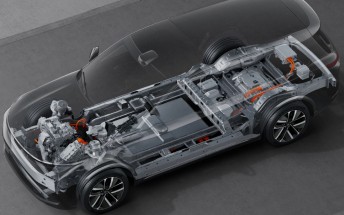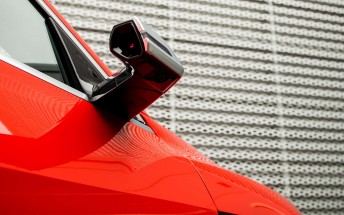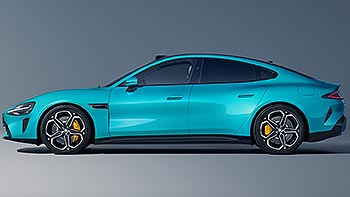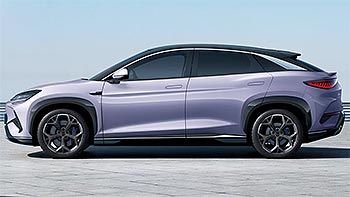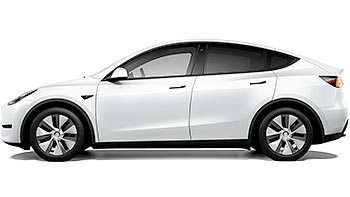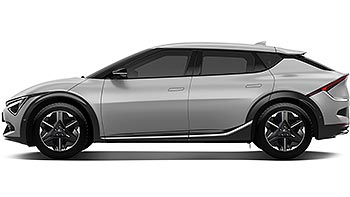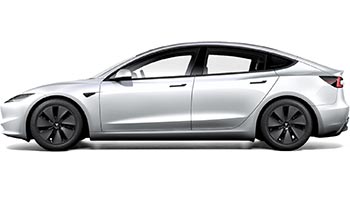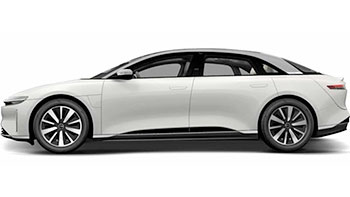Ford is rethinking its 2030 all-electric pledge

When Ford announced plans to electrify its entire passenger car lineup in Europe by 2030, it seemed a landmark moment for the industry. Just a few years later, however, the iconic American brand is adjusting its electric vehicle strategy, hinting that change may come slower than initially hoped.
This new revised approach comes against a backdrop of slower-than-expected EV adoption across Europe. Martin Sander, General Manager of Ford of Europe, acknowledged this, noting that demand has been "softer" than anticipated. As a result, the company is now open to continuing production of vehicles with internal combustion engines into the next decade if a market still exists for them.
 Ford Explorer EV
Ford Explorer EV
The shift in approach highlights the delicate balance automakers must strike as they transition toward EVs. On the one hand, there is a need to invest heavily in electrification to meet increasingly stringent emissions regulations and consumer interest in cleaner cars. On the other hand, automakers can't simply abandon their traditional models overnight, especially while demand for ICE-powered vehicles remains.
Ford's journey in Europe offers a case study. In recent years, the company discontinued popular models like the Mondeo, Fiesta, S-MAX, and Focus, clearing the path for new, fully electric vehicles. These included the Puma Gen-E, a fully electric version of the subcompact crossover, and an all-electric Explorer SUV built on Volkswagen's MEB platform.
 Ford E-Tourneo Courier
Ford E-Tourneo Courier
European competitors are taking diverse approaches to EV adoption. The Volkswagen Group, for example, continues to offer a wide range of ICE vehicles alongside its growing EV lineup. Stellantis, the parent company of brands like Peugeot and Citroen, is adopting a similar strategy. These carmakers have yet to abandon the ICE market, allowing them a degree of flexibility that Ford is opting to regain.
This aggressive push to phase out traditional models was Ford's gamble on the rapid rise of EVs. The latest demand figures, however, indicate that consumers may not be embracing electric vehicles at the pace automakers hoped.
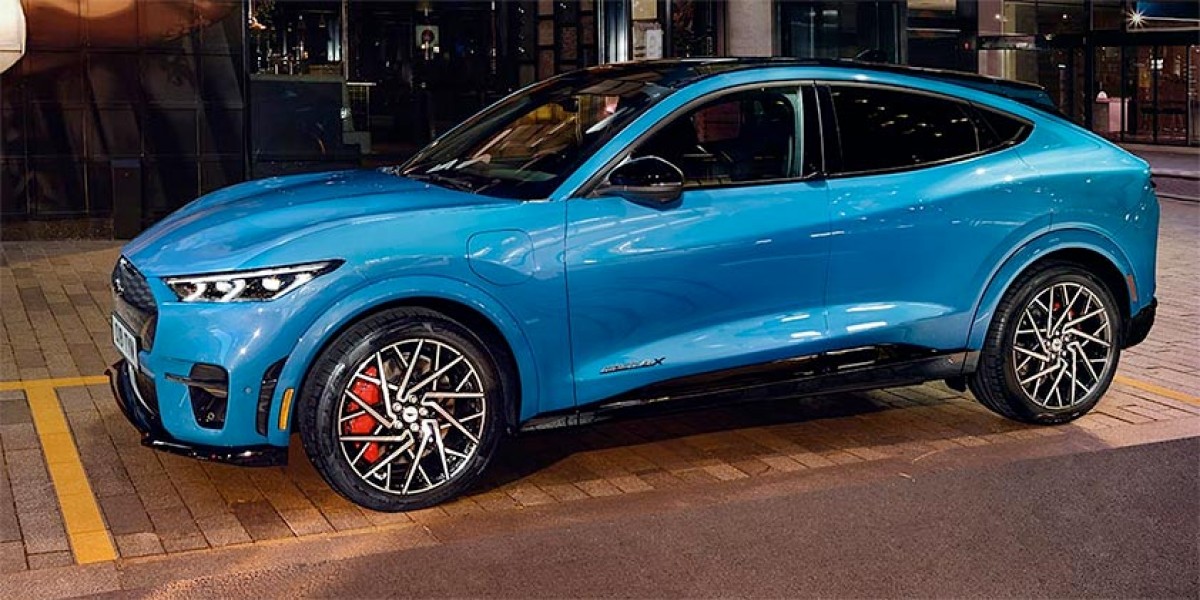 Ford Mustang Mach-E
Ford Mustang Mach-E
European future of the Blue Oval is less certain without the massive presence of its classic passenger cars. Popular models like the Puma and Kuga (known as the Escape in the US) still provide a strong base, but other automakers maintain a wider selection in traditional segments like hatchbacks and sedans. This could put Ford at a disadvantage if consumer interest in those segments stays strong.
It is becoming clear that the road to zero emissions won't be a simple sprint. Ford's initial plans in Europe aimed for a quick transformation, but consumer demand necessitates a more flexible approach. While the automaker remains committed to EVs, it's adopting a pragmatic strategy that acknowledges the staying power of ICE vehicles for the foreseeable future.
Related
Reader comments
- pennypecker
It's all about cost, once EVs are cheaper than ICE to customers, it's the end of ICE domination
- 12 May 2024
- 7Z}








